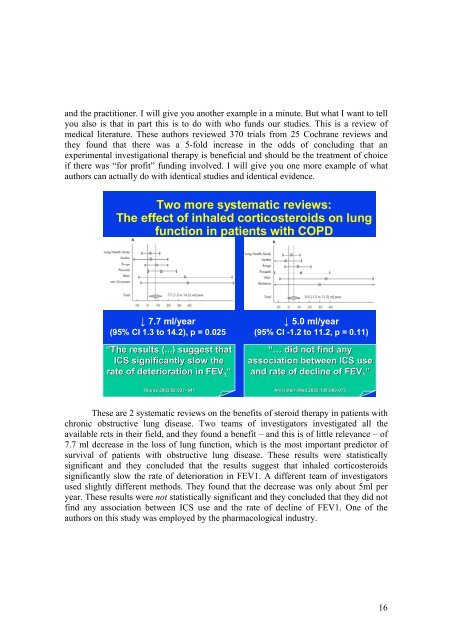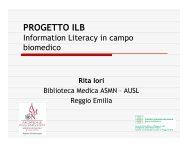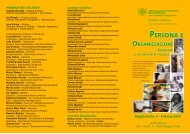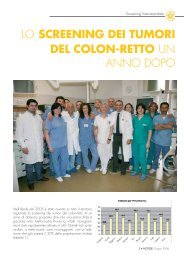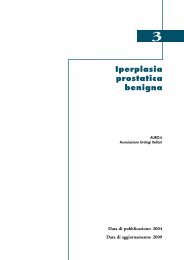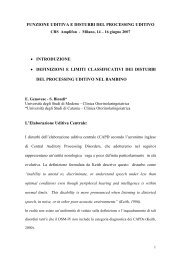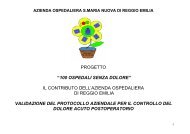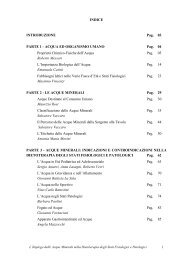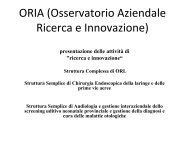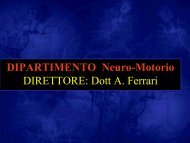A Riccardo Maceratini, pioniere della telemedicina che per ... - E-LIS
A Riccardo Maceratini, pioniere della telemedicina che per ... - E-LIS
A Riccardo Maceratini, pioniere della telemedicina che per ... - E-LIS
You also want an ePaper? Increase the reach of your titles
YUMPU automatically turns print PDFs into web optimized ePapers that Google loves.
and the practitioner. I will give you another example in a minute. But what I want to tell<br />
you also is that in part this is to do with who funds our studies. This is a review of<br />
medical literature. These authors reviewed 370 trials from 25 Cochrane reviews and<br />
they found that there was a 5-fold increase in the odds of concluding that an<br />
ex<strong>per</strong>imental investigational therapy is beneficial and should be the treatment of choice<br />
if there was “for profit” funding involved. I will give you one more example of what<br />
authors can actually do with identical studies and identical evidence.<br />
Two more systematic reviews:<br />
The effect of inhaled corticosteroids on lung<br />
function in patients with COPD<br />
↓ 7.7 ml/year<br />
(95% CI 1.3 to 14.2), p = 0.025<br />
“The results (...) suggest that<br />
ICS significantly slow the<br />
rate of deterioration in FEV 1 “<br />
↓ 5.0 ml/year<br />
(95% CI -1.2 to 11.2, p = 0.11)<br />
“… did not find any<br />
association between ICS use<br />
and rate of decline of FEV 1 ”<br />
Thorax 2003;58:937–941<br />
941<br />
Ann Intern Med 2003;138:969-973<br />
973<br />
These are 2 systematic reviews on the benefits of steroid therapy in patients with<br />
chronic obstructive lung disease. Two teams of investigators investigated all the<br />
available rcts in their field, and they found a benefit – and this is of little relevance – of<br />
7.7 ml decrease in the loss of lung function, which is the most important predictor of<br />
survival of patients with obstructive lung disease. These results were statistically<br />
significant and they concluded that the results suggest that inhaled corticosteroids<br />
significantly slow the rate of deterioration in FEV1. A different team of investigators<br />
used slightly different methods. They found that the decrease was only about 5ml <strong>per</strong><br />
year. These results were not statistically significant and they concluded that they did not<br />
find any association between ICS use and the rate of decline of FEV1. One of the<br />
authors on this study was employed by the pharmacological industry.<br />
16


